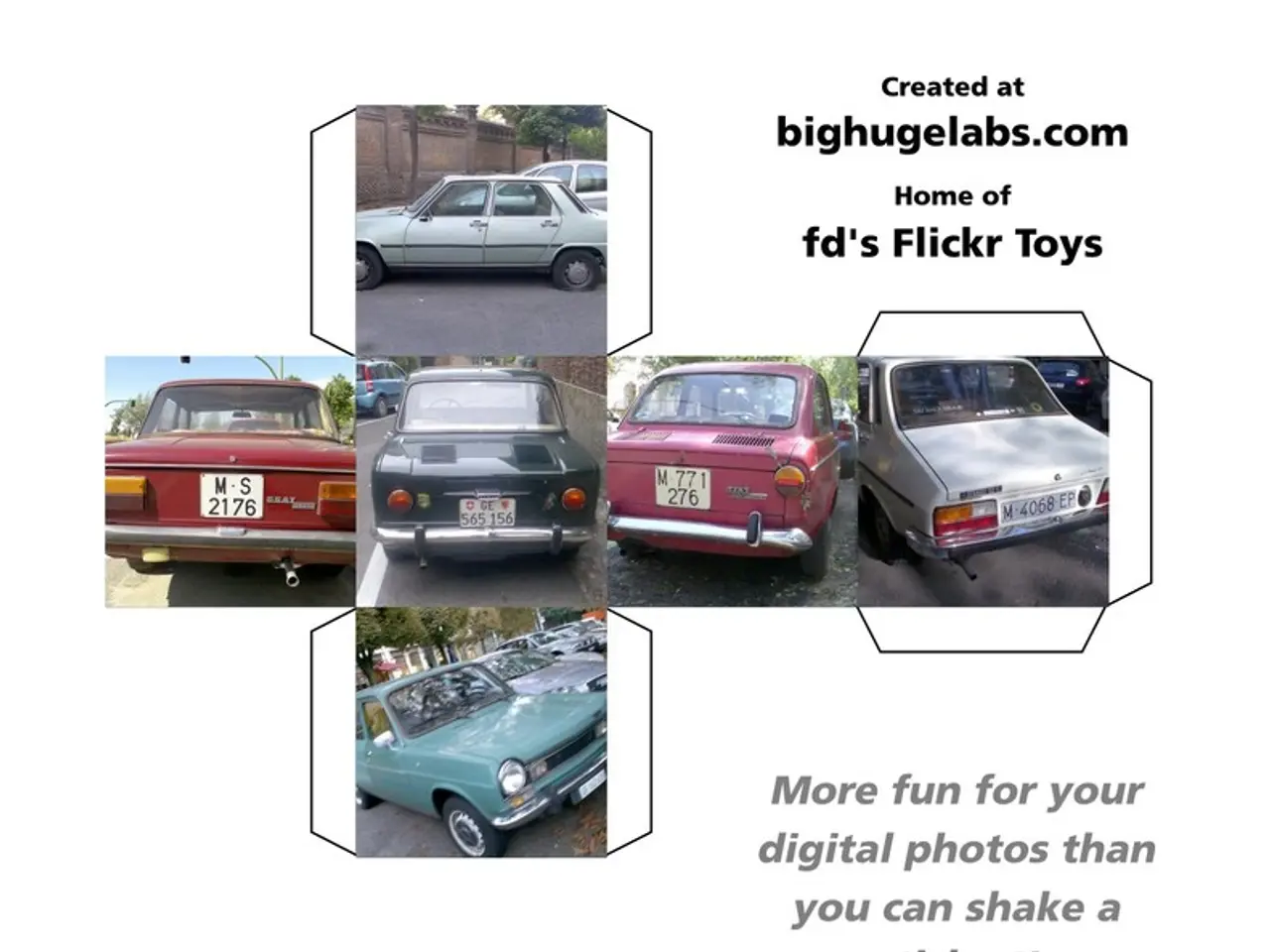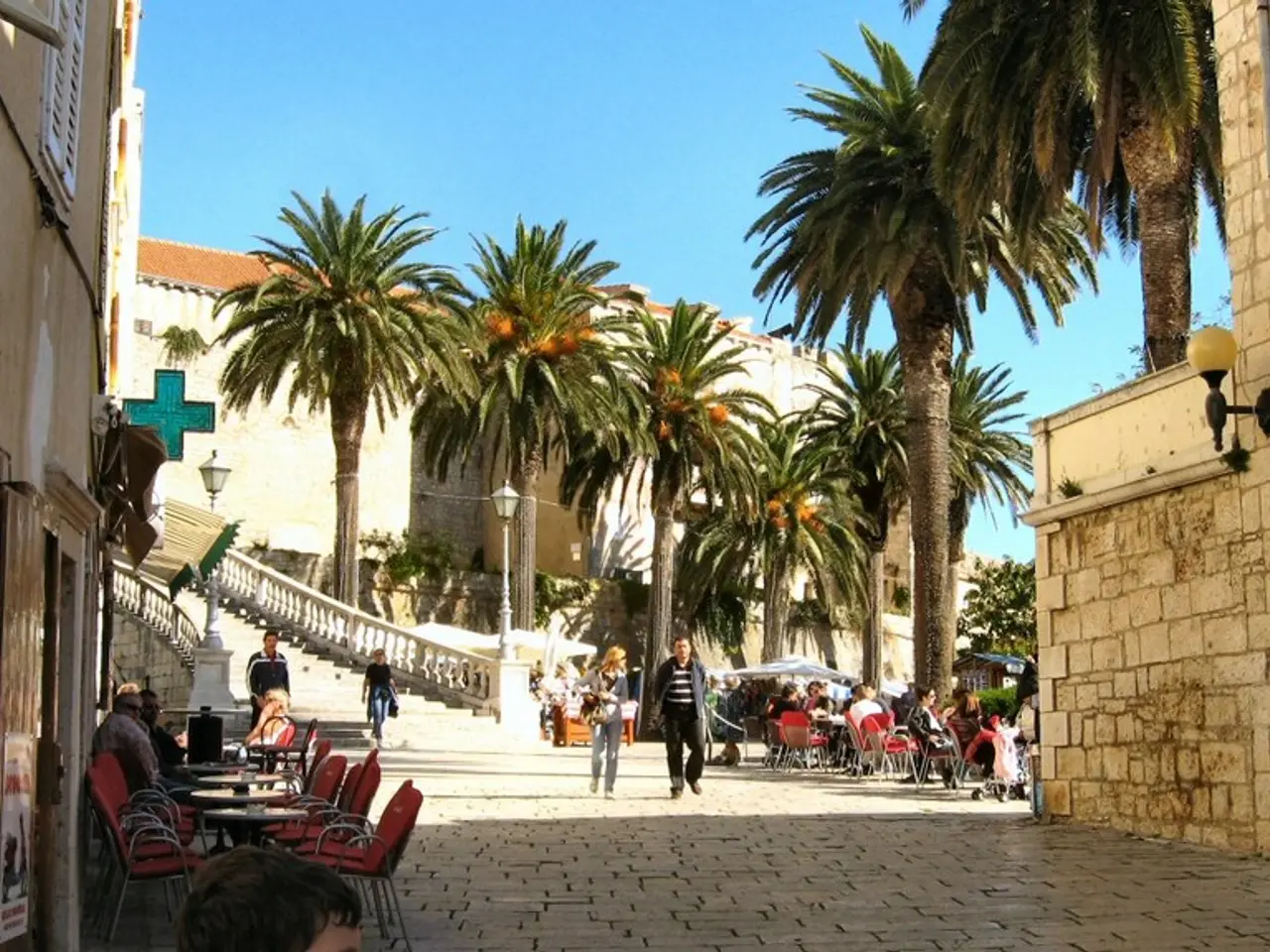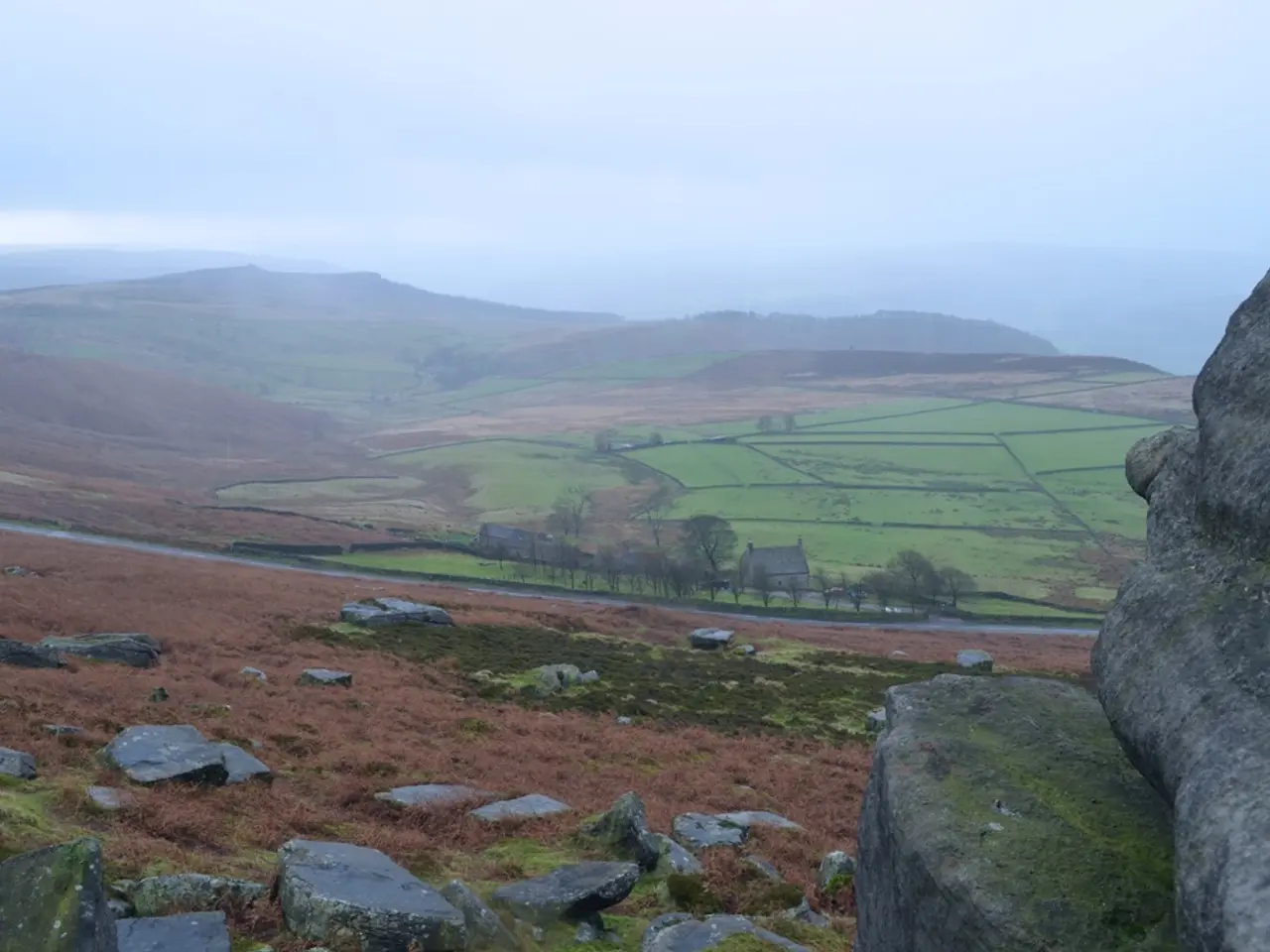Navigating Japanese Roadways: Essential Info and Tips for a Seamless Journey in the Land of the Rising Sun
Exploring Japan's Road Trips: Essential Traffic Rules, Renting a Car, and Driving Destinations
Driving in Japan is generally safe and straightforward, thanks to the Japanese's polite driving habits and well-maintained roads. But before you hit the road, it's important to familiarize yourself with Japan's unique traffic rules. Here's a guide to navigating Japanese roads, renting a car, and discovering the best driving destinations.
Driving in Japan
- Left-side driving: Japan is one of the few countries where vehicles drive on the left side of the road. Remember: drive left, overtake right! This might be confusing for drivers from countries that drive on the right. It's essential to remain mindful, especially in urban areas.
- Speed limits: Speed limits vary by area. In urban areas, they range from 30-50 km/h, while in rural areas, they're often 80 km/h. Keep an eye out for speed limit signs, as they can vary according to the road.
- Railroad crossings: Always stop at railroad crossings. Police occasionally monitor cars passing through, and fines may be imposed if you fail to follow this rule.
- Toll roads: Many expressways in Japan are toll roads. If you have an Electronic Toll Collection (ETC) card, you can use the Drive Through booths; otherwise, you'll need to pay at a separate booth. Always carry cash, as some toll booths may not accept credit cards.
- Road signs: Japan uses distinctive road signs. Learning these signs can help ensure a smooth and safe driving experience. You can find a list of main road signs on the following website: Road Signs in Japan
International Driver's License
To rent and drive a car in Japan, you'll need a valid driver's license from your home country. Tourists from designated countries can drive with a driver's license issued in their own country. If your license is from a country affiliated with the 1949 Geneva Convention, you'll also need an International Driver's License (IDP).
Renting a Car in Japan
Renting a car in Japan is an easy process that enables you to travel at your own pace. Here's an overview of the rental process:
- Find a rental shop: Companies like Times Car Rental, Toyota Rent A Car, and Nippon Rent A Car have convenient locations throughout the country. Choose a location based on your itinerary and destination. Most offer an online reservation system.
- Make a reservation: Making a reservation online is the best way to secure your rental car, especially before peak season.
- Pick up the car: Upon pickup, you'll be asked for your passport and a valid international driver's license. Drive safely, follow traffic rules, and return the car with a full gas tank.
In case of emergency
If you're involved in an accident or encounter any problems while driving, first ensure your safety. Use hazard lights to warn other drivers, and move to the sidewalk if possible. For assistance, call 110 for police, #9910 for road emergencies (such as falling objects or broken roads), or use the emergency phone on the side of the highway. In case of injuries, call 119 for an ambulance.
Gas stations
Gasoline stands, or gas stations, are easy to find throughout Japan. Some are full-service, where attendants will refuel your car, clean your car windows, and tend to other needs. Others are self-service, which may offer 24-hour availability.
Parking
In urban areas, parking spaces are limited. Japan's parking solutions, such as underground garages and multistory parking lots, are designed to accommodate many vehicles in a limited space. Reversing when parking makes it easier to leave the parking space and check for safety.
Best driving destinations
- Nirai Kanai Bridge (Okinawa): Known for its breathtaking ocean view, Nirai Kanai Bridge offers an unforgettable driving experience. Visit during the afternoon for the best color of the ocean.
- Shimanami Kaido (Seto Inland Sea): Consisting of ten bridges linking Hiroshima and Ehime prefectures, Shimanami Kaido offers stunning views of the Seto Inland Sea. The journey is also a popular cycling route.
- Venus Line (Nagano): A driving route through highlands in Nagano, Venus Line boasts beautiful nature spots. End your drive at Utsukushigahara, which offers mountain views, art exhibitions, and more.
- Yamanami Highway (Kumamoto / Oita): A one-hour driving course connecting Kumamoto and Oita prefectures, Yamanami Highway offers stunning natural views. Stop at observation points like Kokonoe Yume Otsuribashi, Tadewara Wetlands, and Makinoko Pass.
- Mt. Fuji Skyline: A popular driving route connecting Fujinomiya City and Gotemba City in Shizuoka prefecture, Mt. Fuji Skyline offers captivating views of the iconic mountain. During peak season, a limit is placed on vehicles crossing the route, so plan accordingly.
Stay safe and enjoy the journey!
[1] Detailed Driving Rules in Japan[2] Renting a Car in Japan[3] Understanding Japanese Parking Laws[4] Demerit Points in Japan[5] Understanding Car Insurance in Japan
- Discover the charm of cherry blossom viewing while driving along the scenic Shimanami Kaido, a series of six bridges connecting Honshu and Shikoku islands, offering picturesque views of the Seto Inland Sea.
- After a day of exploring lively urban centers like Osaka or Tokyo for shopping and lifestyle experiences, unwind in the tranquility of Japan's countryside, such as the Hakone region known for its hot springs and beautiful nature.
- Renting a car allows you to visit some the world's best restaurants, including the three-Michelin-starred 'Kobe Beef Steakhouse Misono' in Kobe city, or the 'Tsukiji Fish Market' in Tokyo, famous for fresh seafood and sushi.
- Cruise down the Mt. Fuji Skyline during the springtime to witness the breathtaking spectacle of cherry blossoms blooming against the backdrop of the majestic Mount Fuji, a symbol of Japan's rich cultural heritage and native flora.




